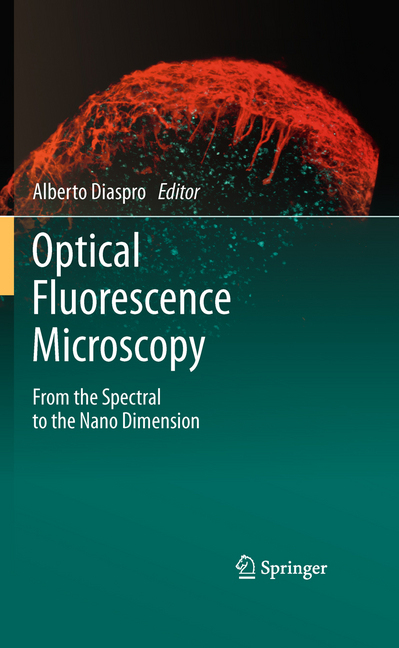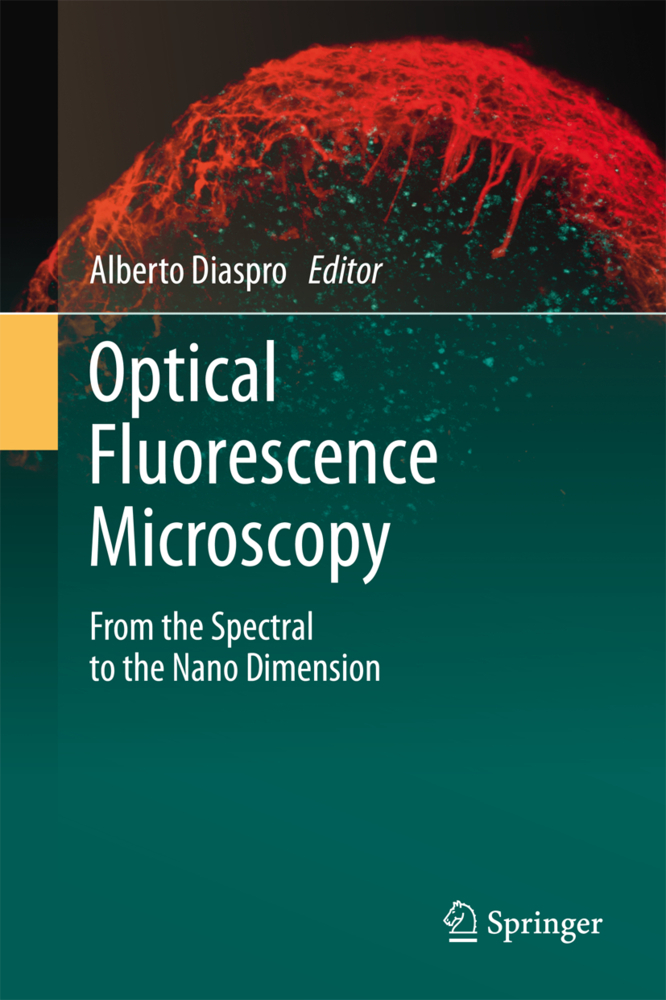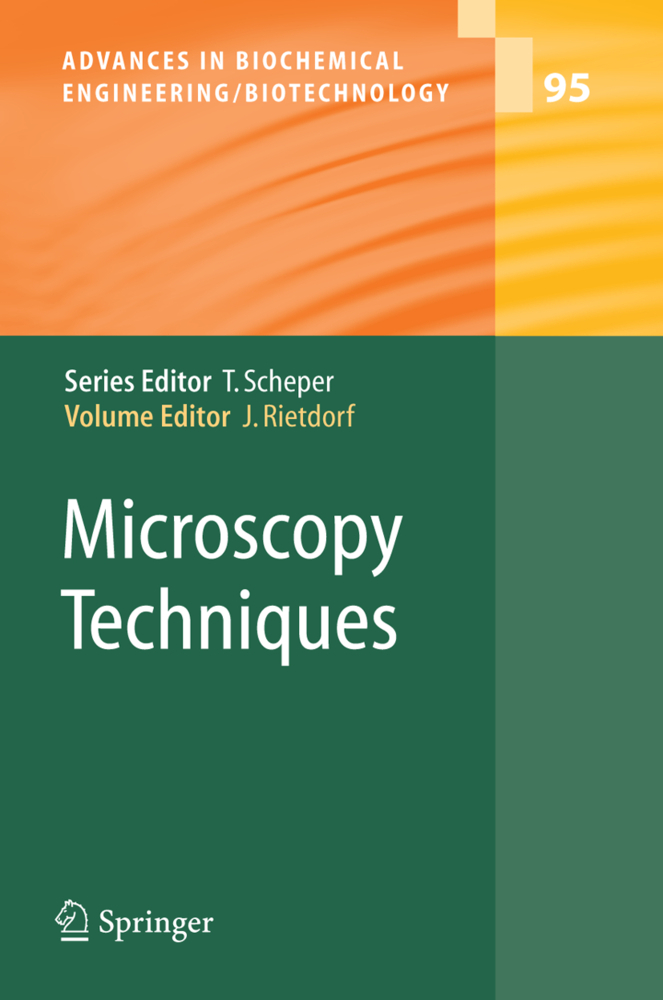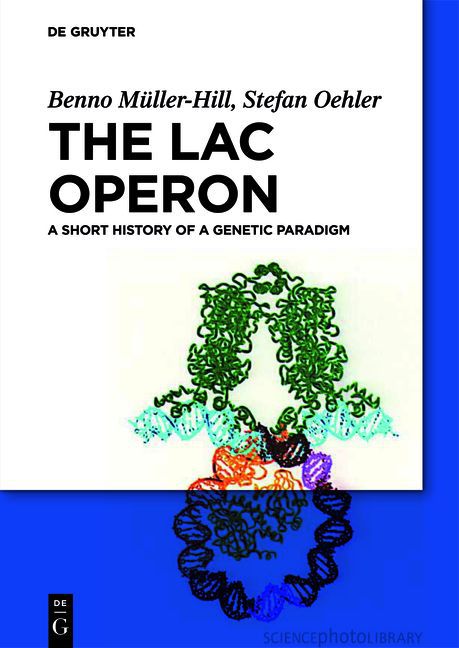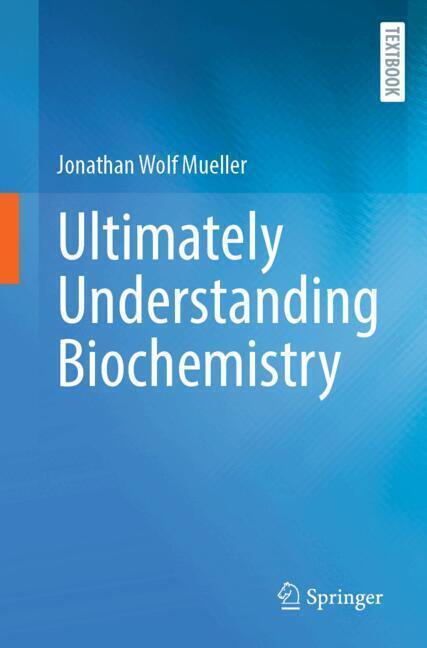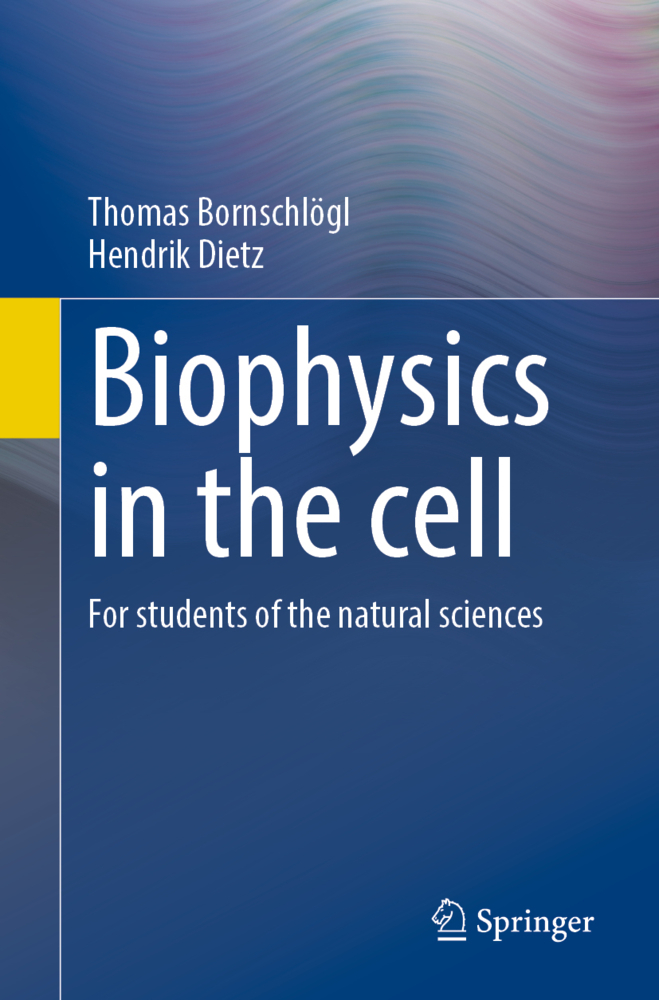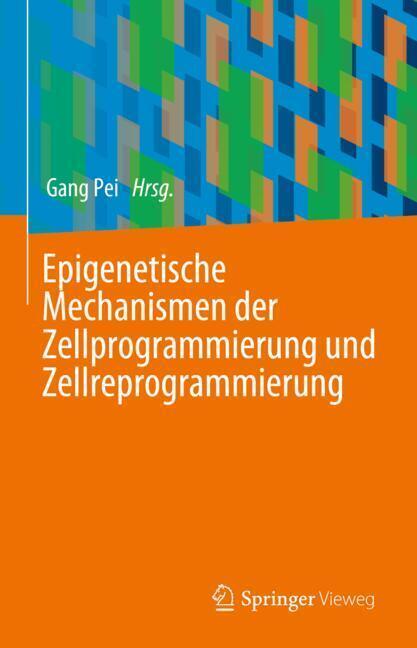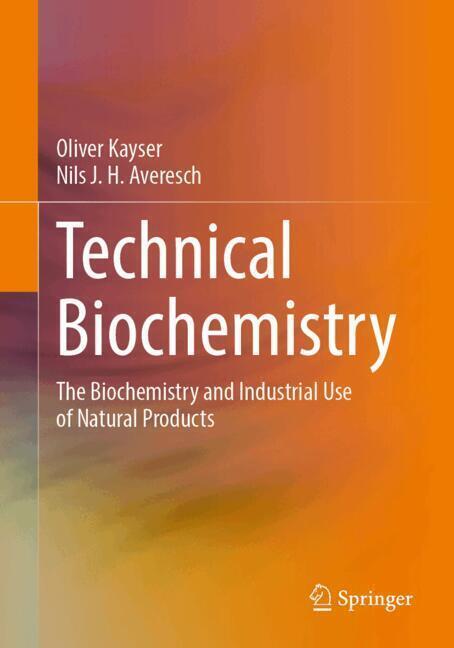Optical Fluorescence Microscopy
From the Spectral to the Nano Dimension
In the last decade, fluorescence microscopy has evolved from a classical retrospective microscopy approach into an advanced imaging technique that allows the observation of cellular activities in living cells with increased resolution and dimensions. A bright new future has appeared as the nano era has taken and placed a whole new array of tools in the hands of biophysicists who are keen to go deeper into the intricacies of how biological systems work.
1;Preface;6 2;Contents;8 3;Contributors;10 4;Chapter 1: Fundamentals of Optical Microscopy;14 4.1;1.1 Introduction;14 4.1.1;1.1.1 The Human Visual System;14 4.1.2;1.1.2 History;15 4.1.3;1.1.3 The Basic Structure;16 4.2;1.2 Light;18 4.2.1;1.2.1 Ray Optics;18 4.2.2;1.2.2 Bright Field Microscopy;18 4.2.3;1.2.3 Köhler Illumination;19 4.2.4;1.2.4 The Spatial Frequency Plane;19 4.2.5;1.2.5 The Spatial Frequency Filtering;20 4.2.6;1.2.6 Digital Processing;21 4.2.7;1.2.7 Wave Optics;23 4.2.8;1.2.8 Interference;24 4.2.9;1.2.9 Phase Contrast;26 4.2.10;1.2.10 Differential Interference Contrast;28 4.2.11;1.2.11 Digital Holographic Microscopy;29 4.2.12;1.2.12 Polarization Contrast;31 4.2.13;1.2.13 Wavelength Contrast;32 4.2.14;1.2.14 Diffraction;34 4.3;1.3 Space;35 4.3.1;1.3.1 Field and Resolution;35 4.3.2;1.3.2 Field Extension;38 4.3.3;1.3.3 Resolution Enhancement;39 4.3.4;1.3.4 Resolution Enhancement Using Knowledge;41 4.3.5;1.3.5 Resolution Enhancement Using Matter;42 4.4;1.4 Time;44 4.4.1;1.4.1 Temporal Resolution;44 4.4.2;1.4.2 Duration;46 4.5;1.5 Conclusions;46 4.6;References;47 5;Chapter 2: The White Confocal: Continuous Spectral Tuning in Excitation and Emission;50 5.1;2.1 Fluorescence;50 5.1.1;2.1.1 Fluorescent Specimen;51 5.2;2.2 Fluorescence Microscopy;53 5.3;2.3 Confocal Fluorescence;54 5.4;2.4 A Tunable Laser;55 5.5;2.5 Tunable Beam Splitting;57 5.6;2.6 Tunable Spectral Detectors;59 5.7;2.7 Optimal Excitation;60 5.8;2.8 Optimal Excitation for Multiple Stainings;62 5.9;2.9 Förster Resonance Energy Transfer Problems;63 5.10;2.10 Excitation Spectra In Situ;65 5.11;2.11 .2-Maps;65 5.12;2.12 Fluorescence Lifetime Imaging;66 5.13;2.13 Unlimited Spectral Performance;66 5.14;References;66 6;Chapter 3: Second/Third Harmonic Generation Microscopy;68 6.1;3.1 Introduction;68 6.2;3.2 Nonlinear Optics Background;70 6.3;3.3 Second Harmonic Generation;73 6.3.1;3.3.1 SHG Microscopy;75 6.3.2;3.3.2 Applications;76 6.3.3;3.3.3 Polarization Dependence of SHG;77 6.4;3.4 Third Harmonic Generation;80 6.4.1;3.4.1 THG Microscopy;82 6.4.2;3.4.2 Applications;83 6.5;3.5 Laser Sources for SHG and THG Microscopy;84 6.6;3.6 Conclusion;84 6.7;References;85 7;Chapter 4: Role of Scattering and Nonlinear Effects in the Illumination and the Photobleaching Distribution Profiles;88 7.1;4.1 Introduction;88 7.2;4.2 Intensity Distribution of a Gaussian Beam;89 7.3;4.3 Intensity Distribution Modified by Scattering;90 7.4;4.4 Photobleaching Effects Induced by Scattering;92 7.5;4.5 Conclusions;96 7.6;References;96 8;Chapter 5: New Analytical Tools for Evaluation of Spherical Aberration in Optical Microscopy;98 8.1;5.1 Introduction;98 8.2;5.2 Basic Theory;99 8.3;5.3 Evolution of the Second-Order Moment;101 8.4;5.4 Generalized Second-Order Moment;103 8.5;5.5 Design of Beam-Shaping Elements for Reduction of SA Impact;105 8.6;5.6 Experimental Results;108 8.7;5.7 Conclusions;111 8.8;References;111 9;Chapter 6: Improving Image Formation by Pushing the Signal-to-Noise Ratio;113 9.1;6.1 Introduction;113 9.2;6.2 PSF and OTF;115 9.3;6.3 Pupil-Plane Filter Effects;117 9.4;6.4 Conclusion;121 9.5;References;121 10;Chapter 7: Site-Specific Labeling of Proteins in Living Cells Using Synthetic Fluorescent Dyes;123 10.1;7.1 Introduction;123 10.2;7.2 New Fluorescent Labels;124 10.2.1;7.2.1 Quantum Dots;124 10.2.2;7.2.2 Environmentally Sensitive Dyes;126 10.2.3;7.2.3 Photochromic Dyes;128 10.3;7.3 Site-Specific Chemical Labeling in Living Cells;130 10.3.1;7.3.1 Extracellular Chemical In Vivo-Labeling Techniques;130 10.3.1.1;7.3.1.1 Biotinylated Proteins as Chemical Handle for Labeling;130 10.3.1.2;7.3.1.2 Labeling of Carrier Protein Moieties - ACP and PCP;131 10.3.1.3;7.3.1.3 Sortagging: Sortase-Mediated Transpeptidation;132 10.3.2;7.3.2 Intracellular Chemical In Vivo-Labeling Techniques;133 10.3.2.1;7.3.2.1 Biarsenical-EDT2-Labeling;133 10.3.2.2;7.3.2.2 O6-Alkylguanine-DNA Alkyltransferase Labeling (AGT/SNAP Tag);135 10.3.2.3;7.3.2.3 HaloTag: Enzyme-Ligand Interaction Self-Labeling;136 10
Diaspro, Alberto
| ISBN | 9783642151750 |
|---|---|
| Artikelnummer | 9783642151750 |
| Medientyp | E-Book - PDF |
| Auflage | 2. Aufl. |
| Copyrightjahr | 2010 |
| Verlag | Springer-Verlag |
| Umfang | 244 Seiten |
| Sprache | Englisch |
| Kopierschutz | Digitales Wasserzeichen |

